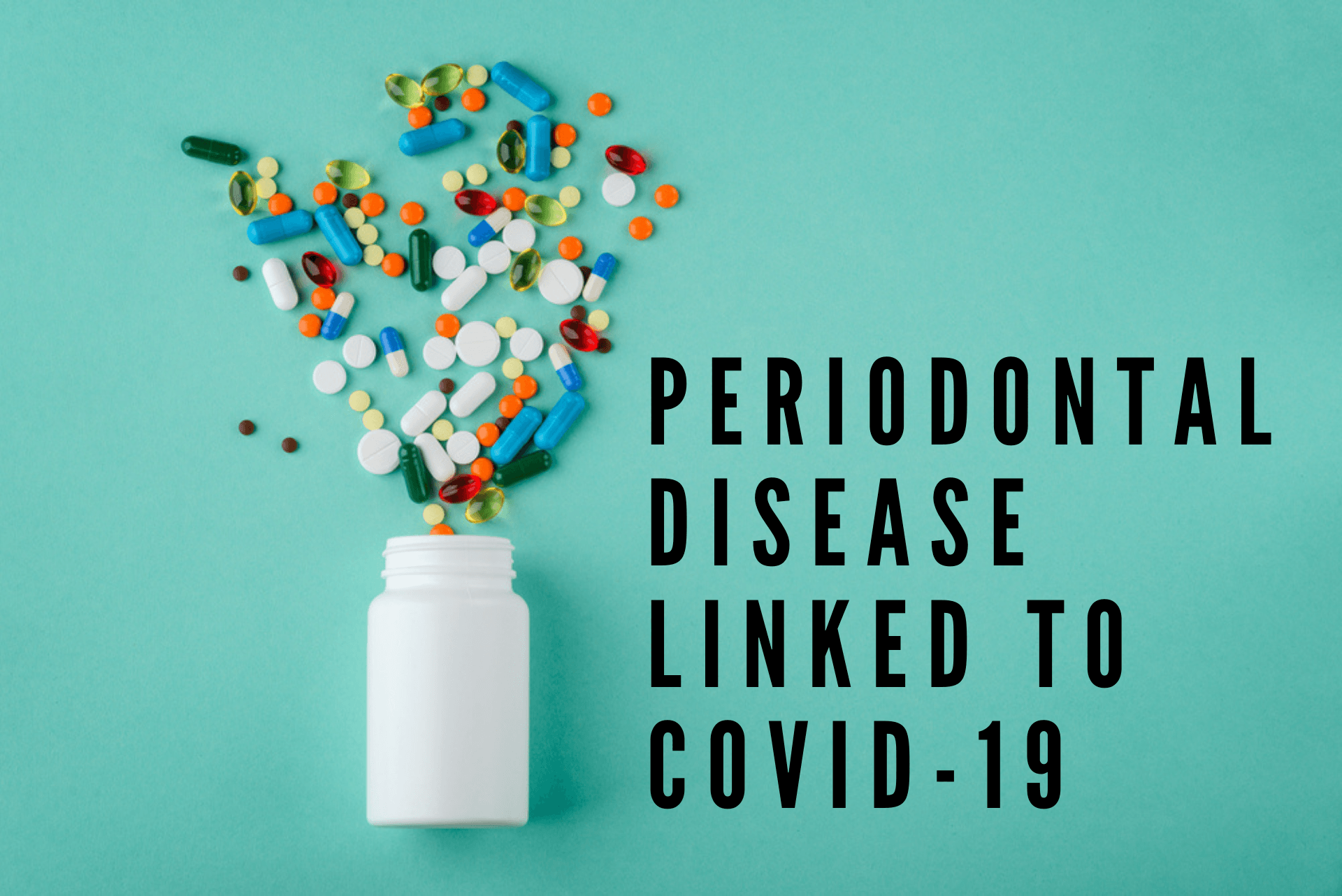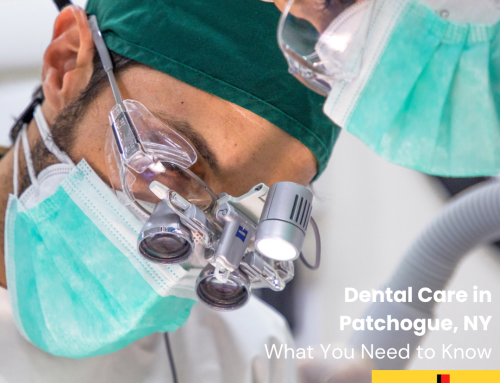
Over the past month, scientific researchers have shown us surprising data as it relates to a link between COVID-19 and periodontal disease. It turns out that having active gum disease actually increases a person’s risk of requiring a ventilator during treatment if they are diagnosed with COVID-19. In other findings, people with periodontitis were actually more likely to succumb to dying from the novel coronavirus.
No matter your standing on COVID-19 precautions, we know that it is a type of infection that affects the lungs and respiratory tract. And for years, we’ve also known that having active gum disease can increase your chances of developing respiratory diseases like pneumonia.
When you put the two and two together, it’s a recipe for disaster.
Could Flossing Save Your Life?
If we know that periodontal disease increases your chances of respiratory illness, then it’s safe to say that keeping your gums healthy could potentially lessen the chances of COVID-19-induced pneumonia or respiratory therapy. The fewer infectious bacteria there are in your mouth, the less likely you are to inhale them into your respiratory tract. And consequently, the lower strain there will be on your immune system (so that you can recover quicker.)
Signs You Have a Gum Infection
How can you tell if your gums are infected? First, check for signs of bleeding when you floss. Also be on the lookout for redness and swelling. If you notice that food is catching between your teeth when you’re eating, there’s a good chance that there is a periodontal pocket in that area.
If you have visible tartar buildup along your gums, be sure to schedule a cleaning and exam. During your visit, we’ll perform a periodontal evaluation to measure the gum pockets and determine if an infection is present.
What You Can do at Home
Don’t wait until gum disease becomes severe before you seek treatment. It’s best to prevent it and intercept the infection at the earliest sign of symptoms.
For starters, make sure you’re flossing each day. Hug the strand tightly against your tooth in a “C” shape, rubbing up and down just under the gum tissues to disrupt any biofilm. Lift the floss up and over the gums as you move to the next tooth. Be sure to floss behind your back teeth, even if there’s not another one touching it.
As you’re brushing, angle the bristles of your toothbrush towards your gumlines, stimulating the edges of the margins (where plaque tends to be the heaviest.) It helps if you’re using an electric toothbrush. Always be sure to select one with soft or extra-soft bristles.
Schedule Your Routine Dental Cleanings
Preventative cleanings are designed to reduce your risk of periodontal disease and oral infections. Keeping your smile healthy all year long gives your immune system a boost when it comes to combatting other illnesses that might come your way.
Has it been six months or longer since your last checkup? Call Sachem Dental Group today to reserve an appointment.






